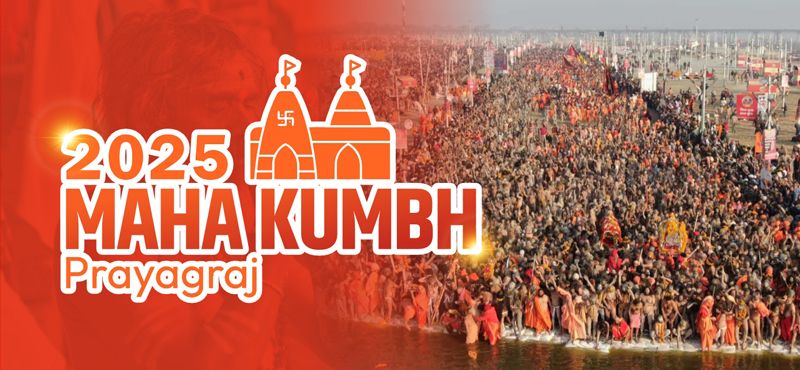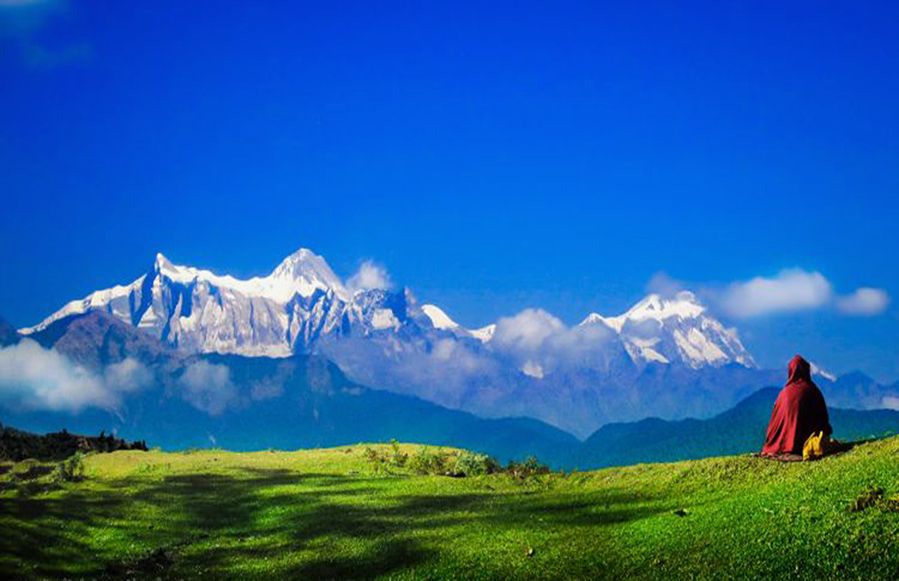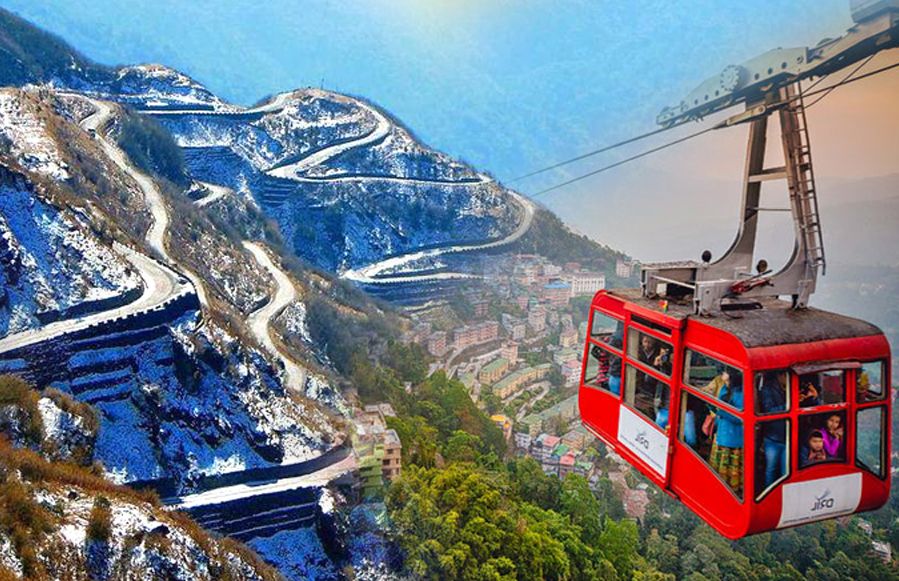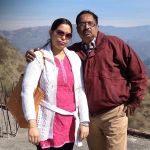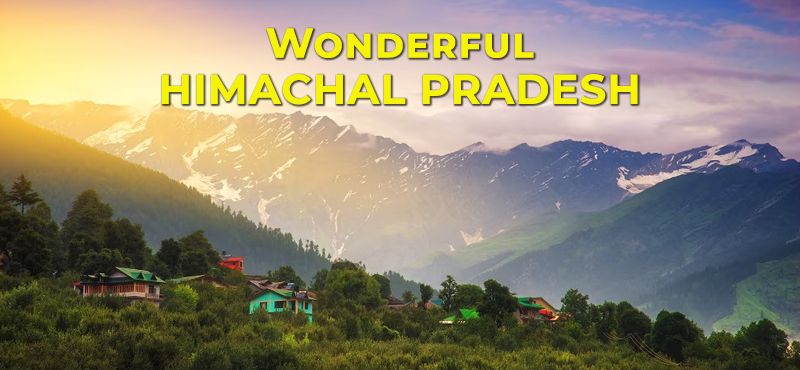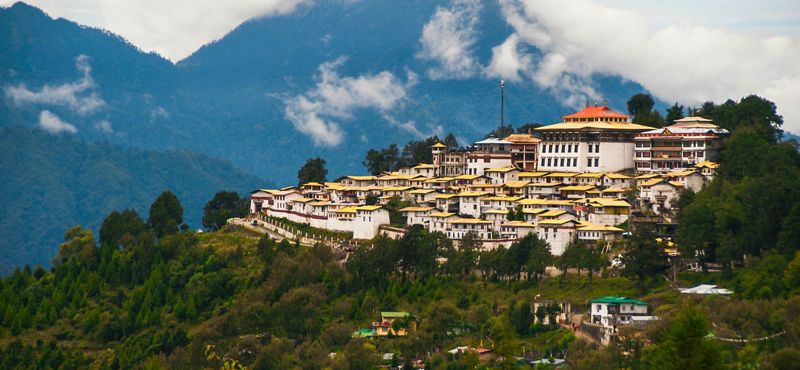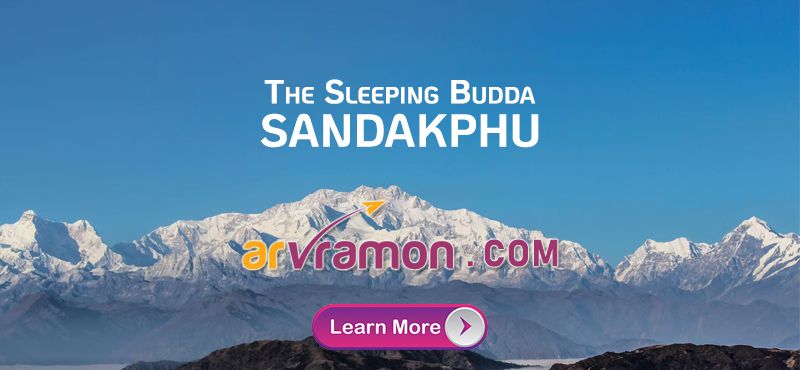
Sandakphu: The Ultimate Trekking Destination for Adventure Enthusiasts
Posted By: Arvramon | 8 months ago
Tucked away in the majestic Himalayas, Sandakphu is the highest peak in the state of West Bengal, standing tall at 11,941 feet. Known as a trekker's paradise, Sandakphu offers breathtaking panoramic views of the Kanchenjunga range, often referred to as the "Sleeping Buddha." For thrill-seekers and nature lovers alike, Sandakphu is an ideal destination to experience adventure, serenity, and the awe-inspiring beauty of the Himalayas.
In this blog, we’ll dive into what makes Sandakphu a must-visit destination for those looking to explore the untouched beauty of nature.
Why Visit Sandakphu?
Sandakphu is most famous for offering stunning views of four of the world’s five highest peaks: Mount Everest, Kanchenjunga, Lhotse, and Makalu. The trek to Sandakphu, which meanders through dense forests, alpine meadows, and quaint villages, is considered one of the best in India. The trek offers diverse landscapes and an opportunity to witness blooming rhododendrons, orchids, and rare species of wildlife, including the elusive Red Panda.
Whether you’re a seasoned trekker or an avid nature lover, Sandakphu provides a unique combination of adventure, tranquility, and unparalleled views of the world’s most majestic peaks.
Best Time to Visit Sandakphu
The best time to trek to Sandakphu is either during April to May or October to early December. The spring months (April-May) treat you to the vibrant blooming of rhododendrons and magnolias, painting the landscape in shades of pink, red, and white. Autumn (October-December) offers clear skies and crisp views of the surrounding Himalayan peaks, making it the perfect time for photographers and trekkers alike.
Trekking to Sandakphu: A Journey of a Lifetime
The trek to Sandakphu starts from Manebhanjan, a small town about 30 km from Darjeeling. It covers a distance of around 32 km over a span of 4-5 days, making it an intermediate trek in terms of difficulty. Here’s a breakdown of the major points along the Sandakphu trek:
Manebhanjan to Tumling: The trek begins with a gradual ascent through a scenic route covered in lush forests. Tumling, located at 9,600 feet, offers panoramic views of the Kanchenjunga range and is a great place to rest for the night.
Tumling to Kalipokhri: The second day’s trek takes you through the Singalila National Park, home to rare flora and fauna, including the Red Panda. The trail passes through the picturesque village of Gairibas before reaching Kalipokhri, where you can enjoy views of the black pond (Pokhri) that gives the village its name.
Kalipokhri to Sandakphu: The final leg of the trek is a steep ascent to the peak of Sandakphu, rewarding you with the most magnificent view of the Himalayas. You’ll be able to see the “Sleeping Buddha” formation of the Kanchenjunga range as well as distant views of Mount Everest.
Sandakphu to Phalut (Optional): For those wanting to extend their adventure, a trek to Phalut, the second highest peak of the Singalila range, offers even closer views of the Kanchenjunga massif.
Key Attractions of Sandakphu
The Sleeping Buddha: The peaks of Kanchenjunga form a shape resembling a sleeping figure, which trekkers refer to as the “Sleeping Buddha.” This is one of the most unique and iconic sights in the region.
Panoramic Views of Four 8,000 Meter Peaks: From Sandakphu, you get a 180-degree panoramic view of four of the world’s highest peaks: Everest, Kanchenjunga, Lhotse, and Makalu. On a clear day, this is one of the most awe-inspiring sights in the world.
Singalila National Park: The trek passes through the Singalila National Park, known for its rich biodiversity. Along the way, you’ll encounter forests of bamboo, oak, and rhododendrons, as well as rare birds and animals, including the Himalayan Black Bear, Red Panda, and various species of pheasants.
Rhododendron and Magnolia Blooms: The trekking route is famous for the riot of colors during the spring season when rhododendrons and magnolias are in full bloom.
Things to Know Before You Go
Permits: You’ll need permits to enter the Singalila National Park, which can be obtained at Manebhanjan. The International Border Pass is also required for certain sections of the trek.
Accommodation: Accommodations along the trek are basic, with options ranging from lodges to homestays. Some of the most popular places to stay include Tumling, Kalipokhri, and Sandakphu. The facilities may be minimal, but the warmth of the local hospitality makes up for it.
Weather: The weather in the Himalayas can be unpredictable. Ensure you are prepared for cold nights, even in spring, and pack accordingly. Winter treks can be especially challenging due to snow and freezing temperatures.
Physical Fitness: While the Sandakphu trek is considered moderate, it’s important to be physically fit and prepared for long hours of trekking in varying terrain.
How to Reach Sandakphu
By Air: The nearest airport is Bagdogra Airport (90 km from Manebhanjan), which is well-connected to major cities in India. From the airport, you can hire a taxi to reach Manebhanjan.
By Train: The nearest railway station is New Jalpaiguri (NJP), located about 88 km from Manebhanjan. You can take a taxi or shared jeep from NJP to Manebhanjan.
By Road: Manebhanjan is well-connected to Darjeeling, Siliguri, and other nearby cities by road. Buses and shared jeeps are easily available.
Plan Your Sandakphu Trek with arvramon
Sandakphu is a destination where adventure meets tranquility, and nature is at its most awe-inspiring. Whether you’re a seasoned trekker or a first-time adventurer, Sandakphu offers an unforgettable experience that will leave you with memories to last a lifetime. From the snow-capped peaks of the Himalayas to the peaceful forest trails, this trek is an immersion into the pure beauty of nature.
Ready to embark on the ultimate Himalayan adventure? Contact arvramon for personalized travel assistance at +91 62902 08600, and we’ll help you plan your dream trek to Sandakphu.
Explore with arvramon | The Journey Awaits!






